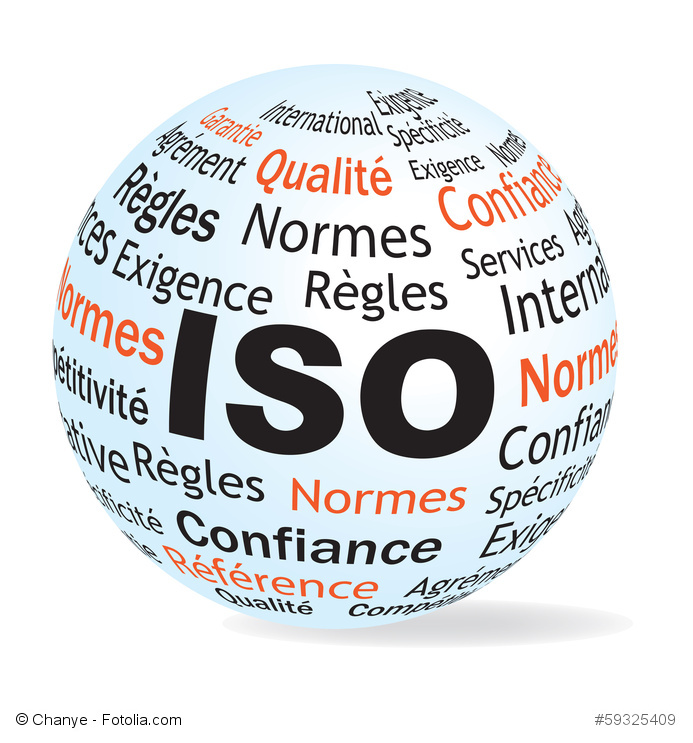PDF/A – The format of the future – Part 1: PDF/A-1
The Portable Document Format (PDF) established itself many years ago as the medium for sharing documents in a form that works everywhere. With it, electronic versions of documents can be faithfully presented, opened, and printed independent of operating system and software. The author can specify at the outset in what form the document will be rendered visible. PDF eliminates all those problems that previously arose when transmitting documents, such as formatting errors and other issues stemming from the recipient using a different system than that of the sender.
Developed by Adobe in the 1990s, PDF continues being enhanced, upgraded and improved to this day. In 2005 the PDF/A format was designated the global ISO (International Organization for Standardization) specification for the archiving and preservation of electronic documents and its acceptance and use are becoming more widespread all the time. This ISO standard sets forth what kind of content is allowed in this format for long-term archiving in order to ensure that the documents will be readable over time. PDF/A, a constrained version of PDF, was accepted as the standard for this thanks to its ideal suitability as a digital archiving format.
Long-term archiving of documents in accordance with the ISO 19005 standard
The PDF/A file format applies as the ISO 19005 standard for long-term archiving. Although the use of PDF/A is not prescribed by law, it has still earned broad recognition and provides all the important prerequisites (such as wide acceptance and open specifications) for implementing the statutory requirements for the proper and compliant storage and preservation of digital documents over time. This is especially important in view of the ten-year retention period for and the requirement to ensure the authenticity, integrity and readability of business documents and records.
PDF/A is classified according to ISO standards
| PDF/A-1 | Based on PDF 1.4. | 2005 | ISO 19005-1 Standard | Exact visual reproducibility + accessibility | PDF/A-1a & PDF/A-1b |
| PDF/A-2 | Based on PDF 1.7 (ISO 32000-1) | 2011 | ISO 19005-2 Standard | Exact visual reproducibility + accessibility + extensions (supports JPEG 2000; extremely large page formats can be processed etc.) | PDF/A-2a & PDF/A-2b & PDF/A-2u |
| PDF/A-3 | 2012 | ISO 19005-3 Standard | Exact visual reproducibility + accessibility + extensions (even original Excel files and XML datasets can be embedded + electronic invoicing capability, ISO compliance etc.) |
PDF/A-1 is divided into the two conformance levels PDF/A-1a and PDF/A-1b
A distinction is made between PDF/A-1a (Level A: Accessible) and PDF/A-1b (Level B: Basic) whereby both involve an exact reproduction of visual appearance over time. PDF/A-1b requires that all images be firmly embedded so that it will function in a fully autarkic manner. In addition, the text elements must have Unicode mapping to ensure permanent reproducibility.
PDF/A-1a – Level A offers more, including exact visual reproducibility including mapping text to Unicode and a document content structure that supports accessibility (can also be read aloud by screen readers).
The designations 1a and 1b used with the PDF/A format indicate two different levels of conformance with the PDF/A standard as defined by ISO 19005. Whereas 1a offers complete conformance, 1b satisfies all the minimum requirements set forth by the ISO standard. PDF/A-1a should be used in cases where the document structure is intended for display on mobile devices and when the requirements for accessibility must be 100% fulfilled. PDF/A-1b, on the other hand, “only” fulfills the minimum requirements. And so, preference should be given to the PDF/A-1a format whenever possible.
Archiving with PDF/A
The PDF/A-1 format is also superbly suited for long-term archiving. Both PDF/A-1a and PDF/A-1b offer all the requirements for the secure transmission of data and their archiving. It also ensures the readability of archived documents and their attachments at any time (even after many years and independent of the software being used). This format also ensures that all documents can be stored in a manner that is legally compliant and throughout the prescribed retention period. Documents remain readable at all times and their visual appearance is maintained permanently.
Video: How to convert a document to PDF/A (ISO 19005-1 and ISO 190005-2) using a PDF/A-1 converter such as webPDF:
In addition to the original PDF/A-1 format, the newer versions PDF/A-2 and PDF/A-3 are now available and offer even more features. Parts 2 and 3 of our blog series PDF/A – The format of the future will take a closer look at the PDF/A-2 and PDF/A-3 formats. Important: The currrent standard is PDF/A-3 which ISO published in 2012.

